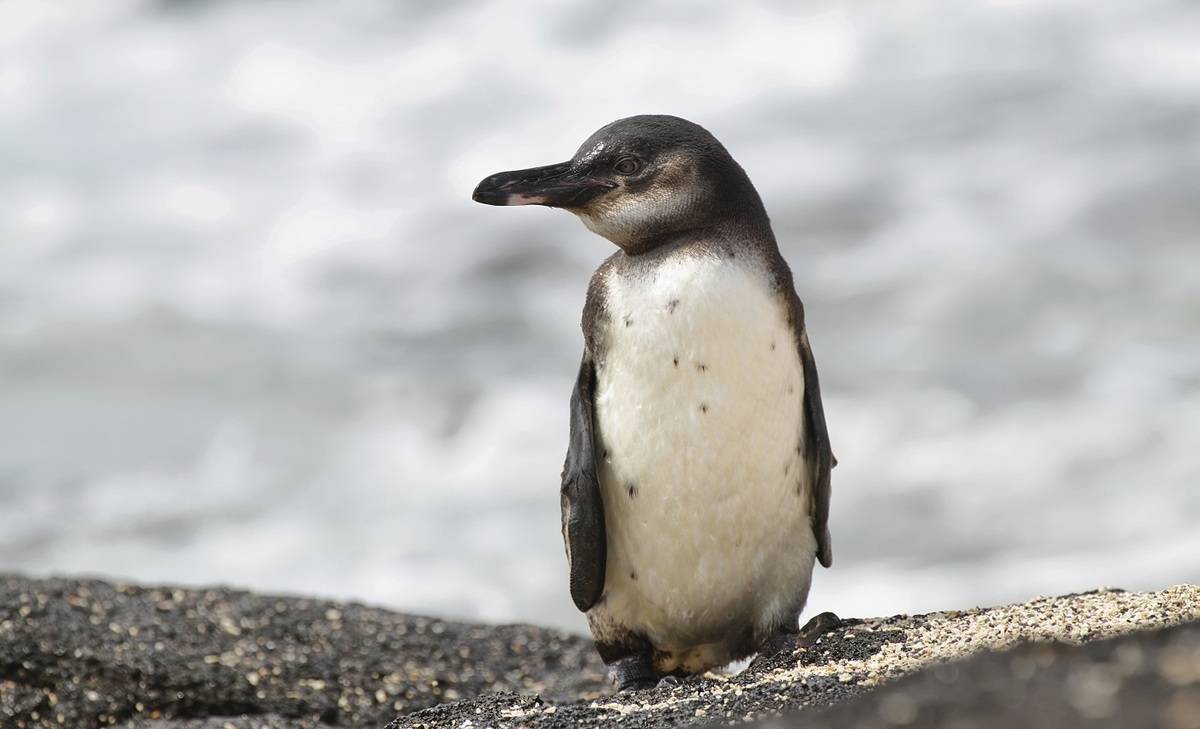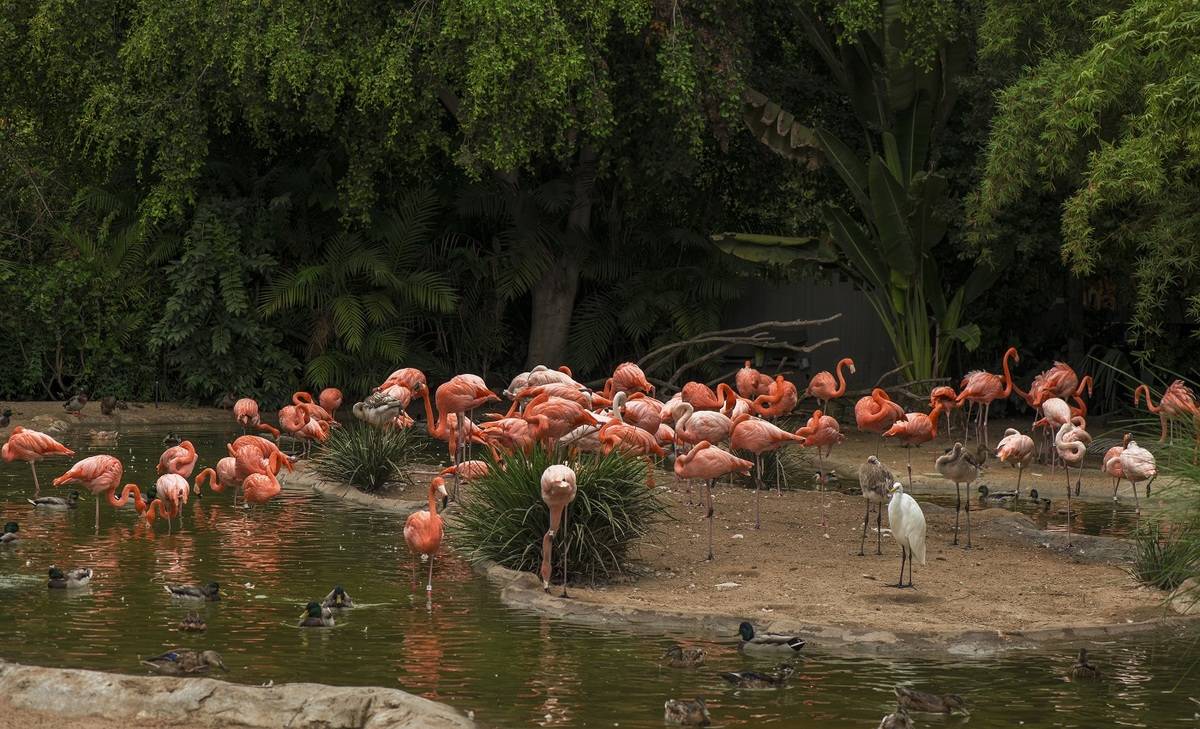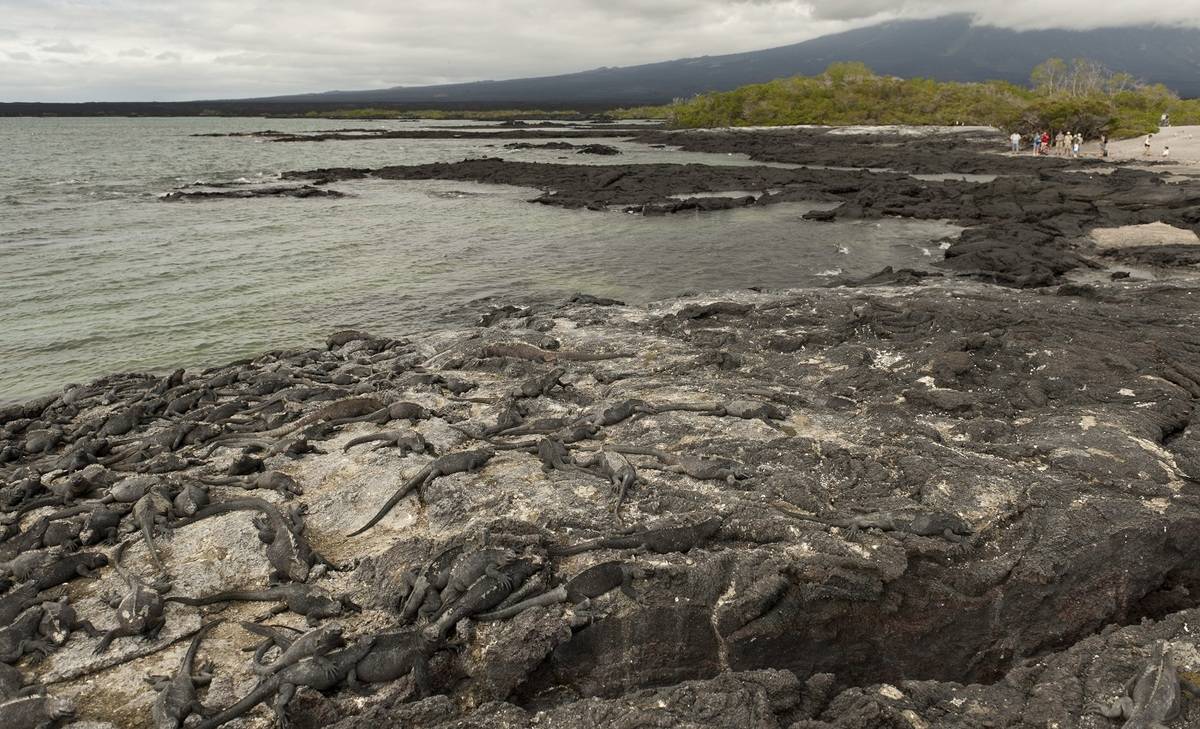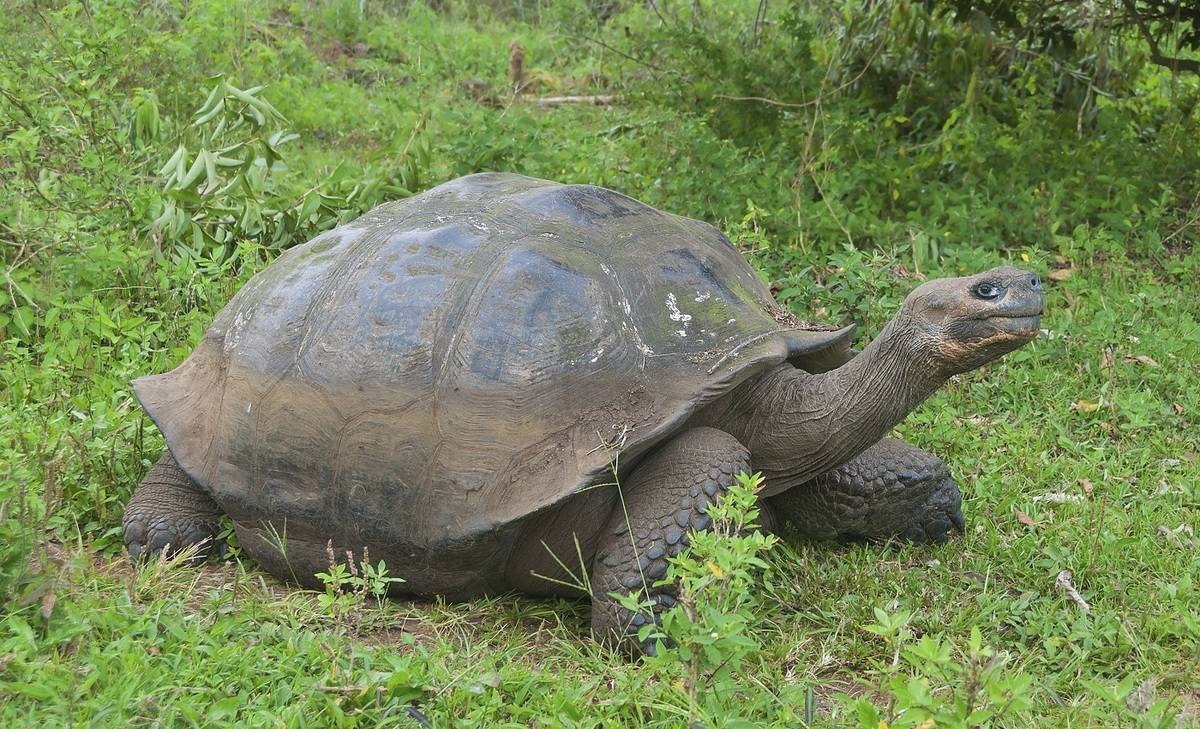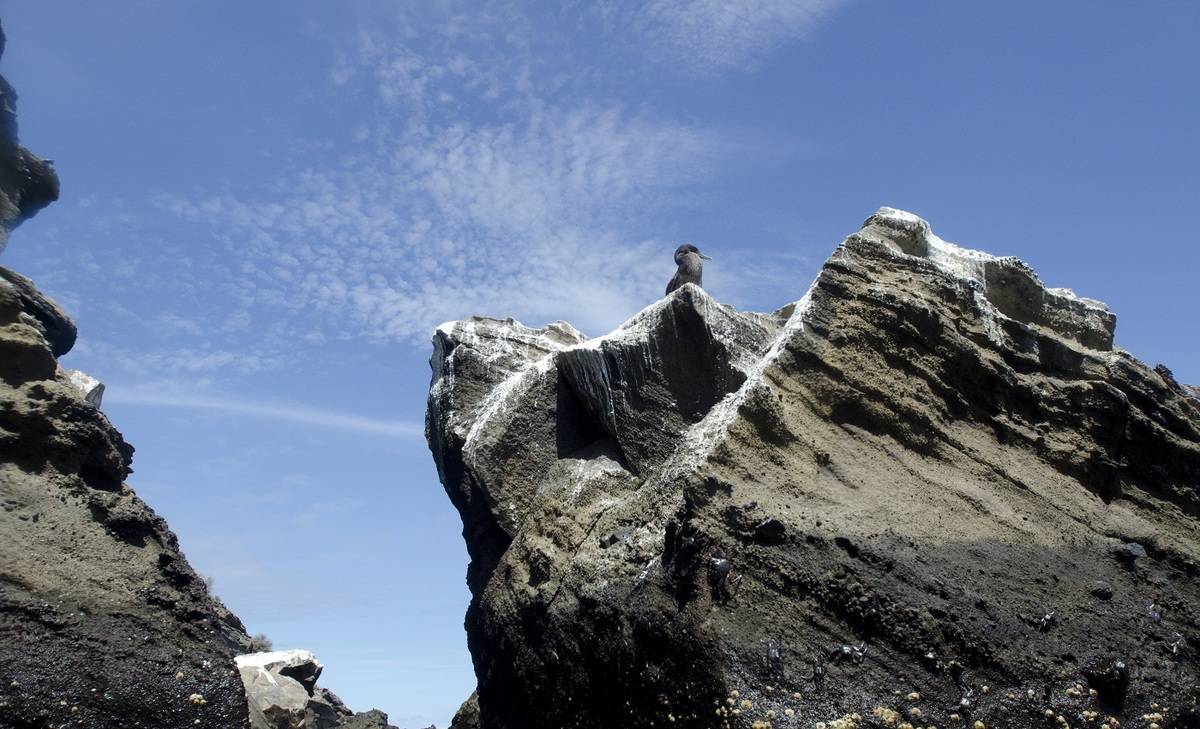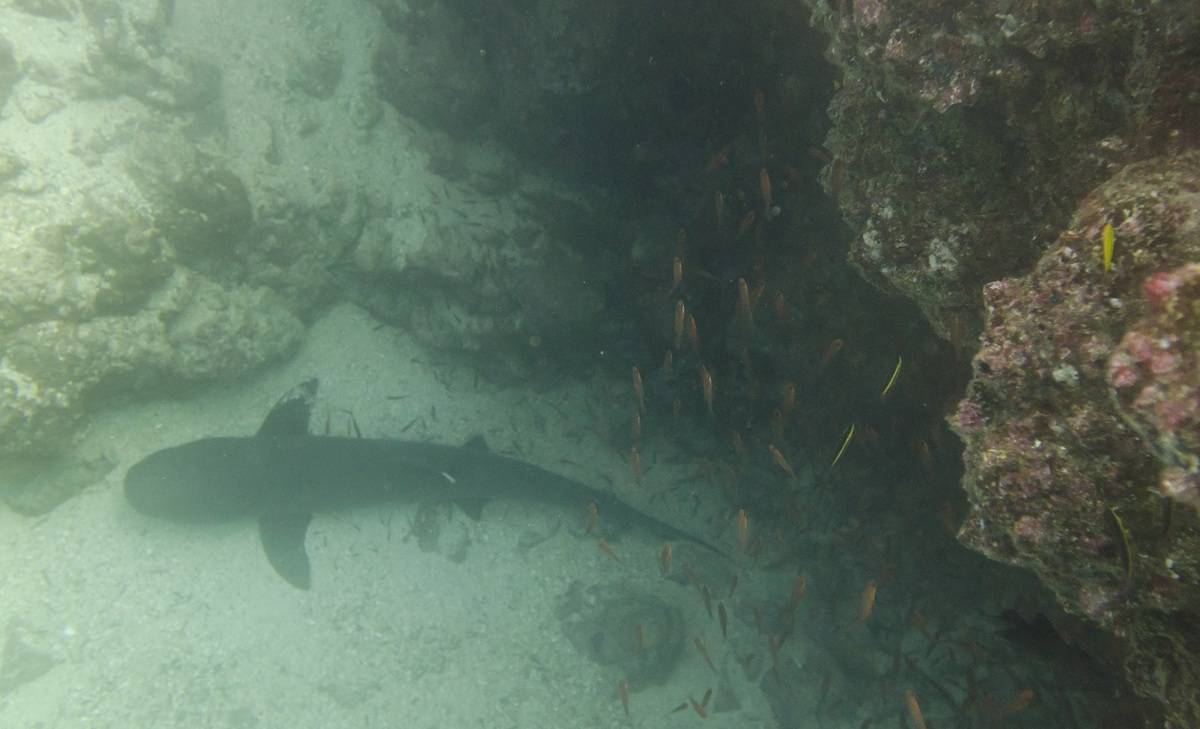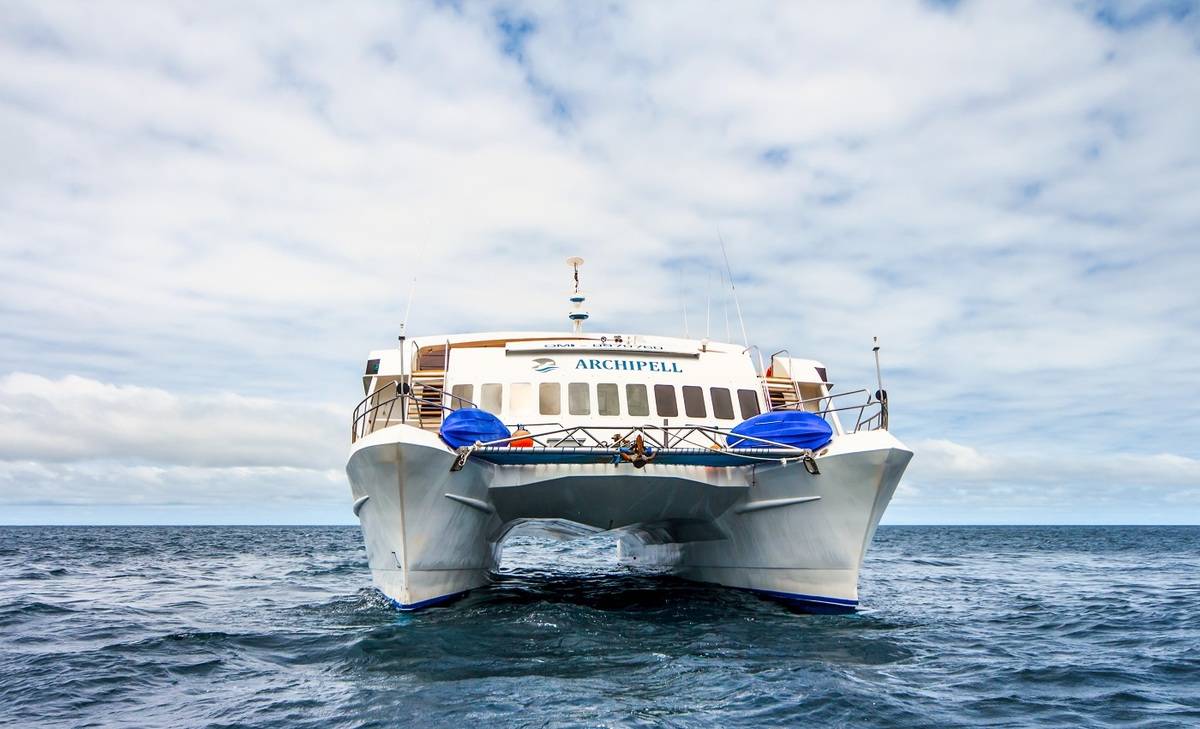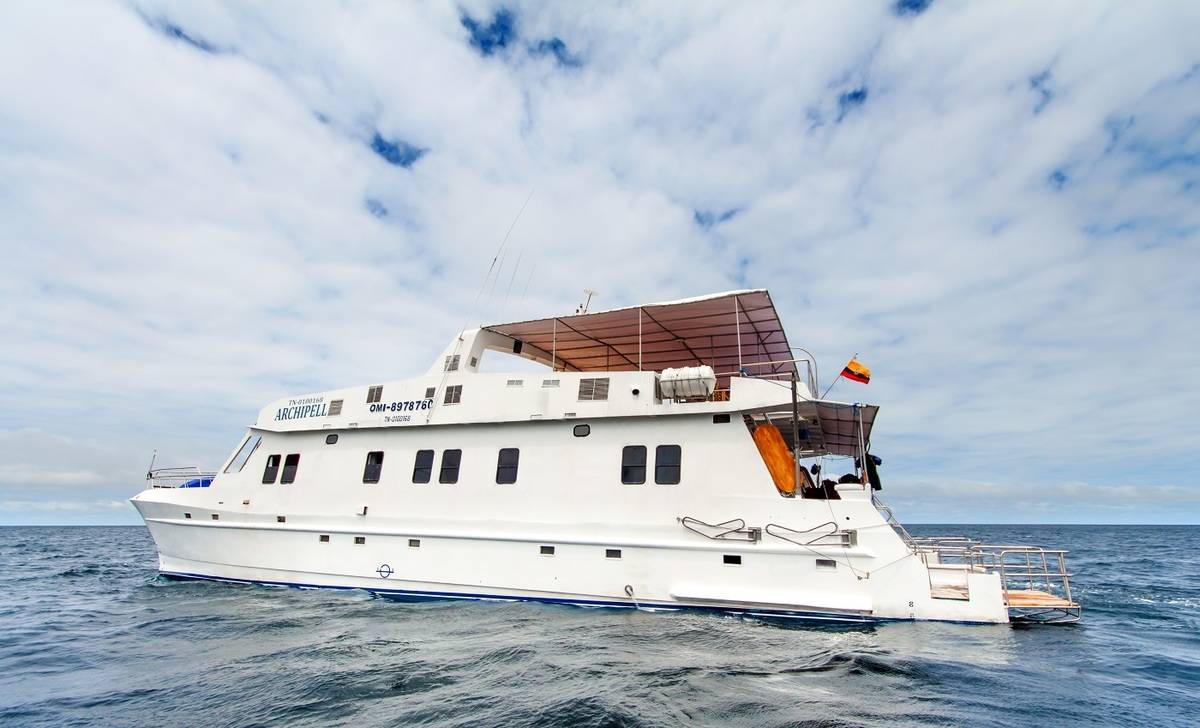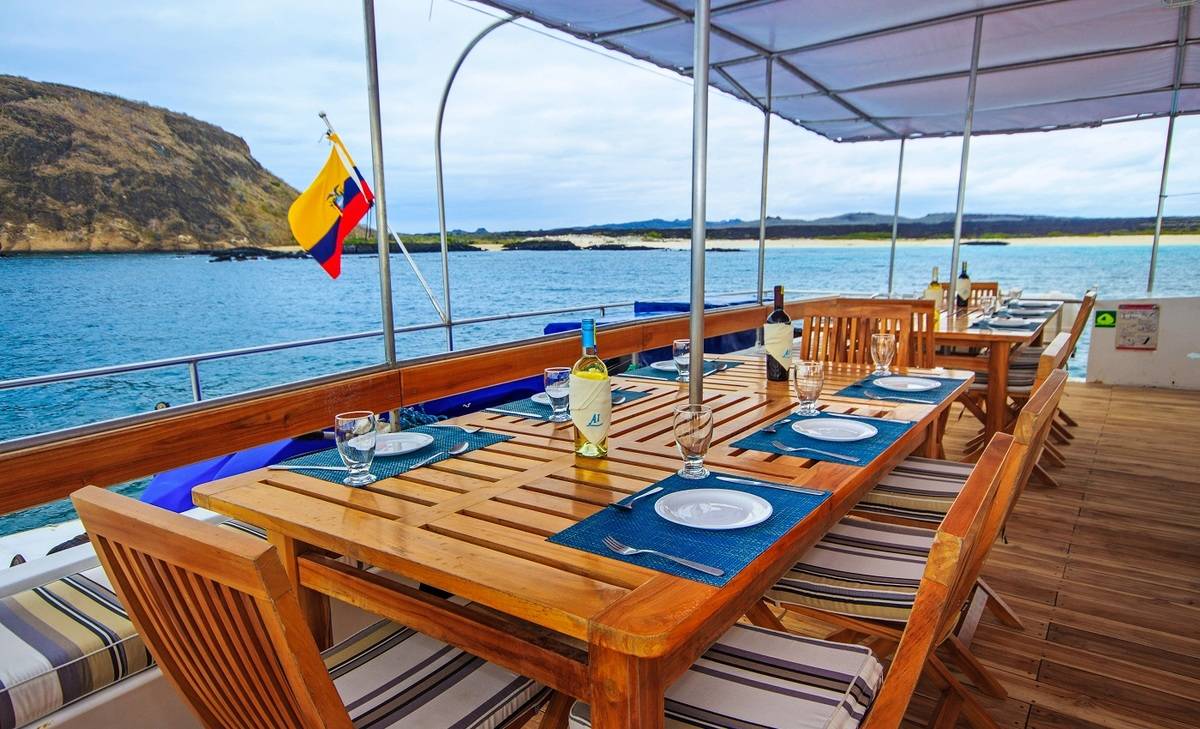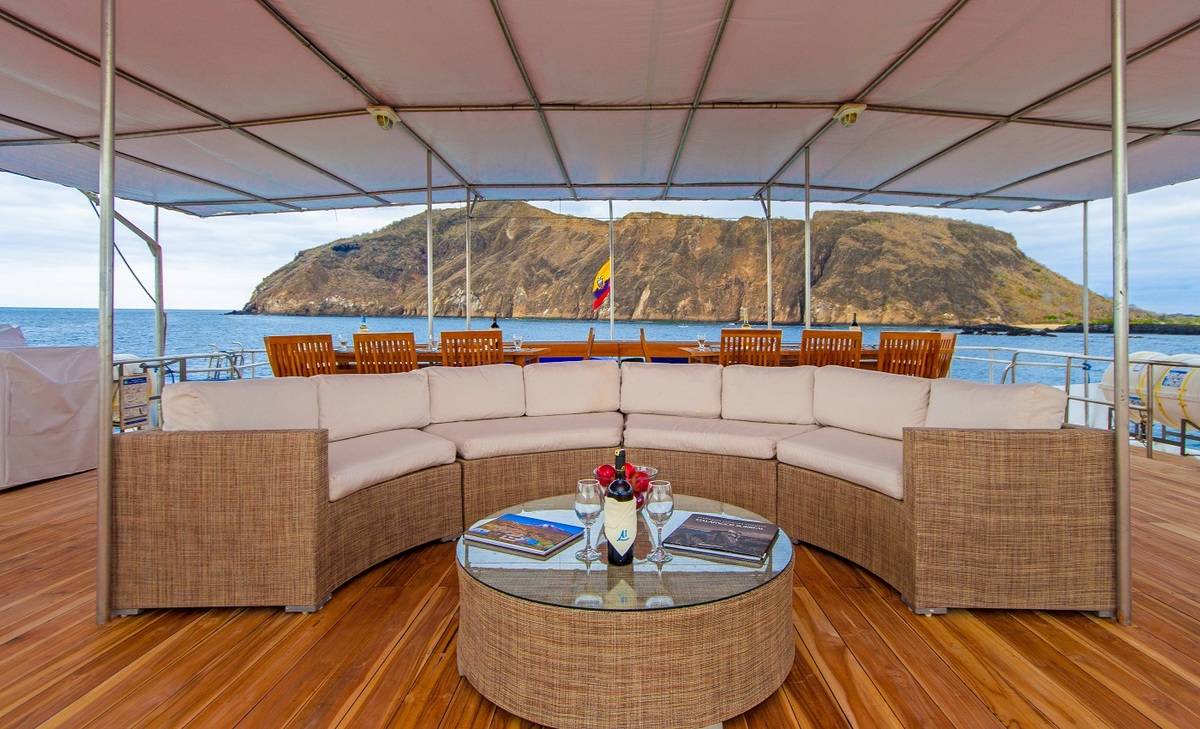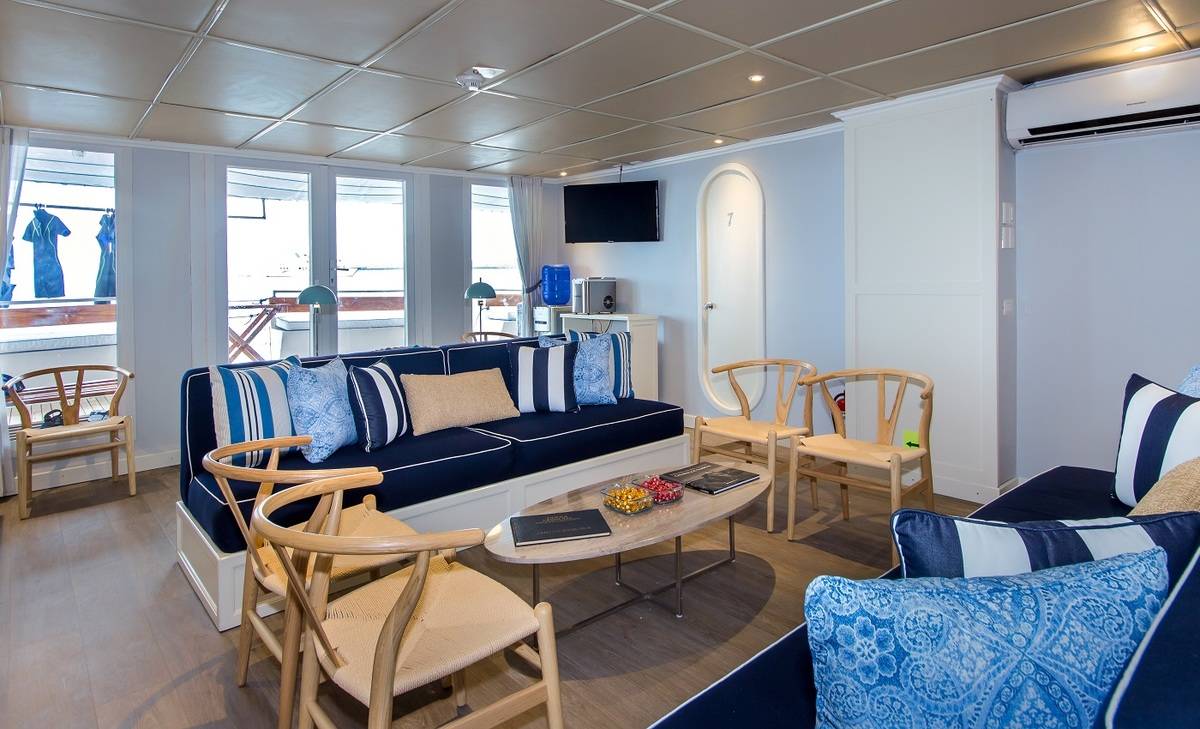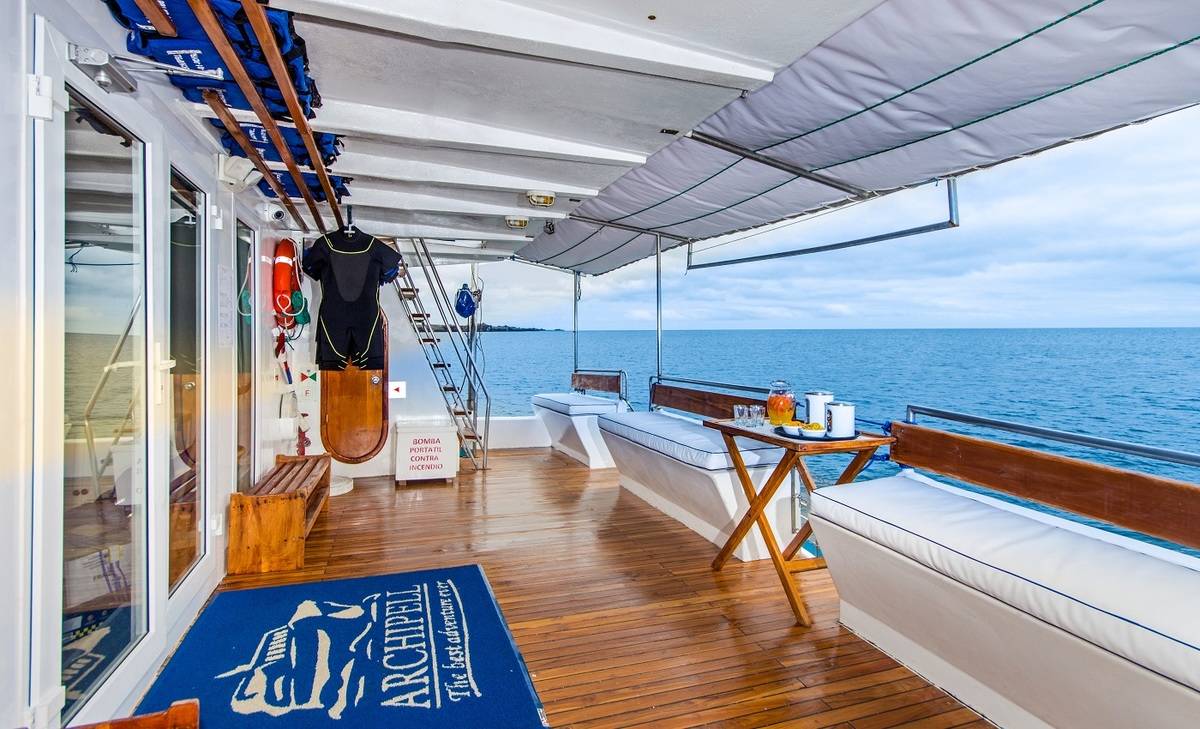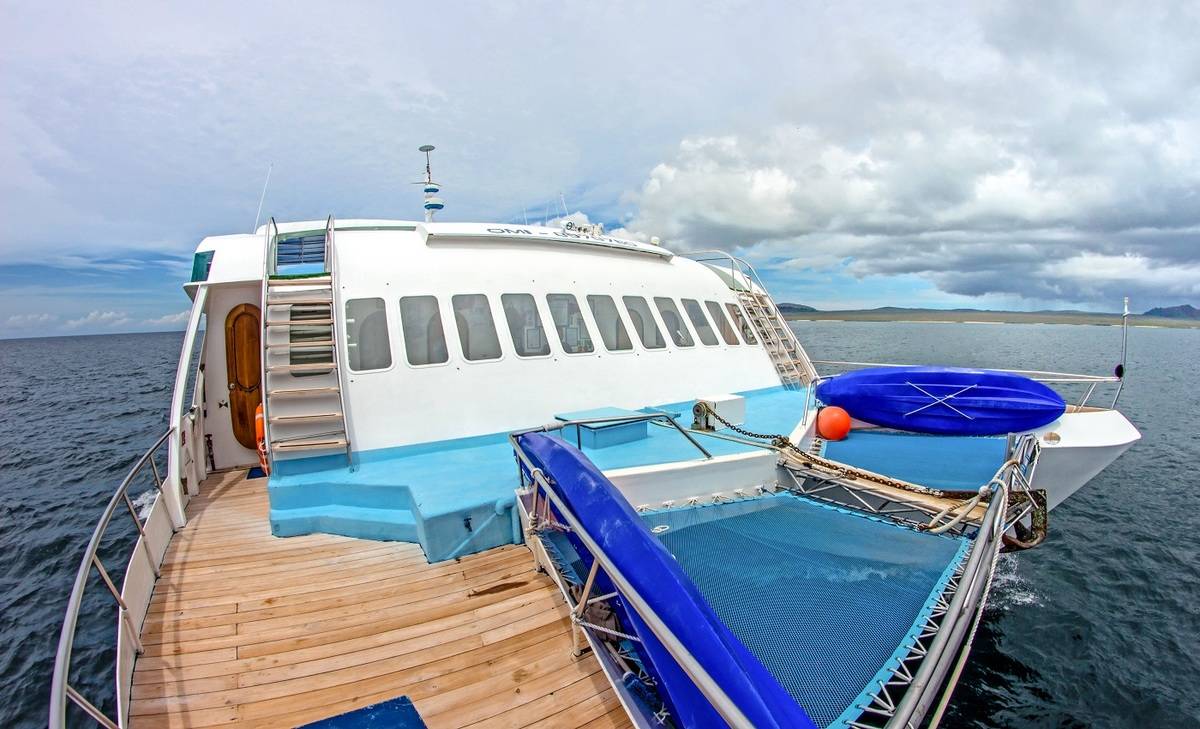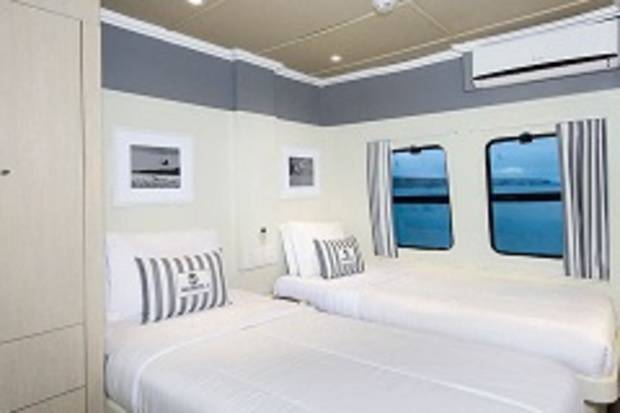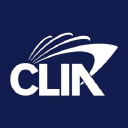Western Galapagos Islands
5 Days - Archipell I
Experience the Western Galapagos Islands over this 5 day cruise aboard the spacious Archipell catamaran. Along the way, you will visit some of the most spectacular islands of the Galapagos and enjoy encounters with its endemic wildlife including the giant tortoises, marine iguana and playful sea lions. Taking only 16 passengers the Archipell catamarans offer a personalised and very comfortable way to experience this incredible destination.

Home » 5 Day Archipell I: Western Galapagos Islands
Itinerary Highlights
- Get up close and see the huge tortoises of Santa Cruz Island
- Plenty of opportunities for snorkelling
- Meet the friendly sea lions on Isabela Island
Itinerary in Brief
- Day 1: Baltra - Highlands
- Day 2: Tintoreras Islet - Tortoise Breeding Centre - Wetlands
- Day 3: Moreno Point & Elizabeth Bay, Isabela Island
- Day 4: Tagus Cove, Isabela - Espinoza Point, Fernandina
- Day 5: Bachas Beach - Depart Baltra Island
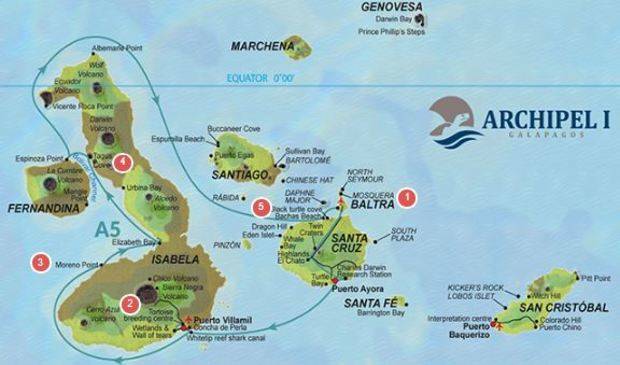
Day 1: Baltra - Santa Cruz highlands
Our guide will be waiting for you in Baltra Airport and once the group of passengers is completed she/he will accompany you to the Archipell Catamaran which is anchored in Puerto Ayora harbor. After arrival on board, we will check in and give you general information. Afterwards, you will have lunch.
After the lunch we will visit the highlands of the island, included a visit to the private farm “Las Primicias”. This reserve offers you one of the best possibilities to see the huge turtles of Santa Cruz Island in their natural habitat. You can observe them from a very close distance.
Day 2: Tintoreras Islet - Tortoise Breeding Centre - Wetlands
“Tintoreras” are small islands in front of the Puerto Villamil coast. There are Herons on the lookout on mangrove branches, Galapagos Penguins and sea lions that often pop out on shore. White-tipped reef sharks (in Spanish: Tintoreras) are common in the archipelago and are very commonly found resting in the shallow waters.
Isabela Island is the largest and one of the youngest islands in the Galapagos archipelago. We land in Puerto Villamil, which has the second smallest population in Galapagos with approximately 3.000 habitants. First, we will visit the Flamingos Lagoon; the largest coastal lagoon found in Galapagos and is one of the main reproductive sites for the greater Flamingos.
On your visit to Colorado Hill, you will get to discover the amazing and emblematic Giant Galapagos Tortoises in the Tortoise breeding centre, and maybe even get to see one hatch (seasonally)! In addition, you will get to see how much hard work is put into save the last local giants of San Cristobal.
Day 3: Moreno Point & Elizabeth Bay, Isabela Island
Moreno Point is located on the north coast of Isabela Island between the volcanos Sierra Negra and Cerro Azul. The trail runs along a solidified lava flow called “Pahohoe”, into a complex of coastal lagoons. Its main attraction are several species of birds, which are found around the lakes and mangroves.
This is a marine visitor site, so the excursion has no landing point. Your zodiac ride starts with a visit to the Marielas islets where the largest and most important penguin colony reside in the Galapagos Islands. The excursion continues into the cove that is surrounded by red mangroves where you can admire their red roots and green leafs. Here, you are able to observe sea turtles, flightless cormorants, spotted eagle rays, golden rays, brown pelicans and sea lions. Frequent visitors have been able to see Galapagos Hawks soaring overhead whilst schools of Pompano and Dorado fish swimming down below
Day 4: Tagus Cove, Isabela - Espinoza Point, Fernandina
Tagus Cove, a tour along the cliffs will give the visitors a good chance to see the Galapagos penguin, the flightless cormorant and other sea birds. From the landing dock, it is about a 30-minute hike along the trail up to the top of the cliff from where you can view Darwin Lake, an uplifted lake saltier than the sea. You can also see several volcanoes from this location. Look carefully at the graffiti on the surrounding cliffs of the cove, it has been written by pirates, whalers and buccaneers in past centuries!
Fernandina is the third largest island in the archipelago and has a single visitor site: Punta Espinoza located at the northeastern tip of the island. Here, marine iguanas conglomerate in larger groups than in any other island. They bask around in the sand, swim near the shore and sometimes, block the way at the landing dock. Among the unique species found here, we can find the Flightless Cormorant.
Day 5: Bachas Beach - Depart Baltra Island
These two small beaches are found to the West of Turtle Cove. Their sand is made of decomposed coral, which makes it white and soft, and a favourite nesting site for sea turtles. Behind one of the beaches there is a small blackish water lagoon, where it is occasionally possible to observe flamingos and other coastal birds, such as black-necked stilts and whimbrels. The other beach is longer, but it has two old barges that were abandoned during the World War II, when USA used Baltra Island as a strategic point to protect the Panama Channel.
Assisted by the naturalist guide and some crew members, the dinghy will bring you and your luggage to Baltra airport, where we will take the shuttle back to the airport.
Cabin Details
Ocean View Cabin
2 cabins with queen bed and 6 cabins with 2 single beds, two sea-view windows, private bathroom, closet & air conditioning.
Archipell I Deckplan
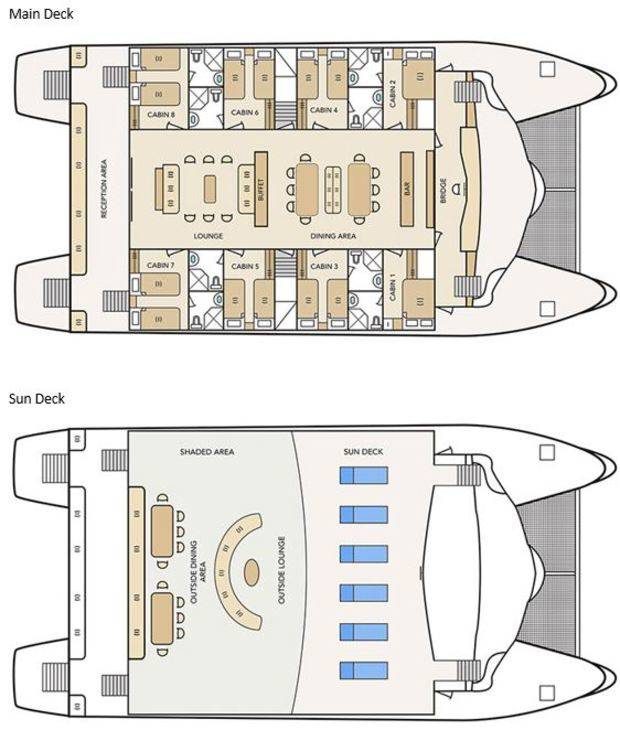
Specifications
- Year Of Construction: 2005
- Category: Tourist Superior
- Passengers: 16
- Cabins: 8
- Social Areas: Comfortable dining room, bar and lounge, library
- Length: 27m
- Beam: 11m
- Electric Power: 110v and 220v
- Machinery: 2 Cummins IMO 240 hp each one
- Speed (knots): 10 knots
- Crew: 9
- Naturalist Guide(s): 1
Whats included?
- On-board accommodation
- All meals, water coffee and tea during the voyage
- Transfers within Galapagos
- Bilingual naturalist guides
- Activities as specified
- Use of kayak and snorkelling equipment
What’s not included?
- International and internal airfares
- Arrival/departure taxes or reciprocity fees, visa fees where applicable
- Travel insurance
- Galapagos National Park fee US$100
- Transit control card US$20
- Gratuities
- Any items not mentioned as included

